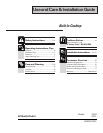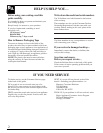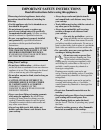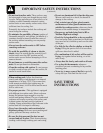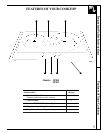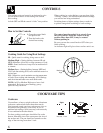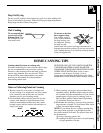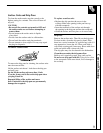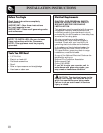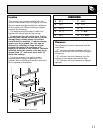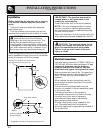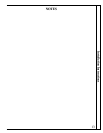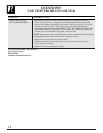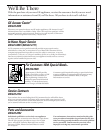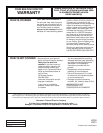
4
IMPORTANT SAFETY INSTRUCTIONS
(continued)
• Do not touch surface units. These surfaces may
be hot enough to burn even though they are dark
in color. During and after use, do not touch, or let
clothing or other flammable materials contact
surface units or areas nearby surface units; allow
sufficient time for cooling first.
Potentially hot surfaces include the cooktop and
areas facing the cooktop.
• To minimize the possibility of burns, ignition of
flammable materials, and spillage, the handle of a
container should be turned toward the center of
the cooktop without extending over any nearby
surface units.
• Always turn the surface units to OFF before
removing cookware.
• To avoid the possibility of a burn or electric
shock, always be certain that the controls for all
surface units are at the OFF position and all
surface units are cool before attempting to lift or
remove the unit.
• Do not immerse or soak the removable surface
units. Do not put them in a dishwasher.
• Clean the cooktop with caution. If a wet sponge
or cloth is used to wipe spills on a hot surface, be
careful to avoid steam burns.
• When cooking pork, follow the directions
exactly and always cook the meat to an internal
temperature of at least 170°F. This assures that,
in the remote possibility that trichina may be
present in the meat, it will be killed and the meat
will be safe to eat.
• Use proper pan size—This appliance is equipped
with different size surface units. Select cookware
having flat bottoms large enough to cover the
surface unit heating element. The use of undersized
cookware will expose a portion of the surface unit
to direct contact and may result in ignition of
clothing. Proper relationship of the cookware to the
surface unit will also improve efficiency.
• Never leave the surface units unattended at
high heat settings. Boilovers cause smoking and
greasy spillovers that may catch on fire.
• Be sure the drip pans and the duct are not
covered and are in place. Their absence during
cooking could damage cooktop parts and wiring.
• Do not use aluminum foil to line the drip pans.
Misuse could result in a shock, fire hazard or
damage to the cooktop.
• Only certain types of glass, glass/ceramic,
earthenware or other glazed containers are
suitable for cooktop service; others may break
because of the sudden change in temperature.
• Keep an eye on foods being fried at HI or
Medium High heat settings.
• Foods for frying should be as dry as possible.
Frost on frozen foods or moisture on fresh foods
can cause hot fat to bubble up and over the sides
of the pan.
• Use little fat for effective shallow or deep-fat
frying. Filling the pan too full of fat can cause
spillovers when food is added.
• If a combination of oils or fats will be used in
frying, stir together before heating, or as fats
melt slowly.
• Always heat fat slowly, and watch as it heats.
• Use a deep fat thermometer whenever
possible to prevent overheating fat beyond the
smoking point.
• Never try to move a pan of hot fat, especially
a deep fat fryer. Wait until the fat is cool.
SAVE THESE
INSTRUCTIONS



